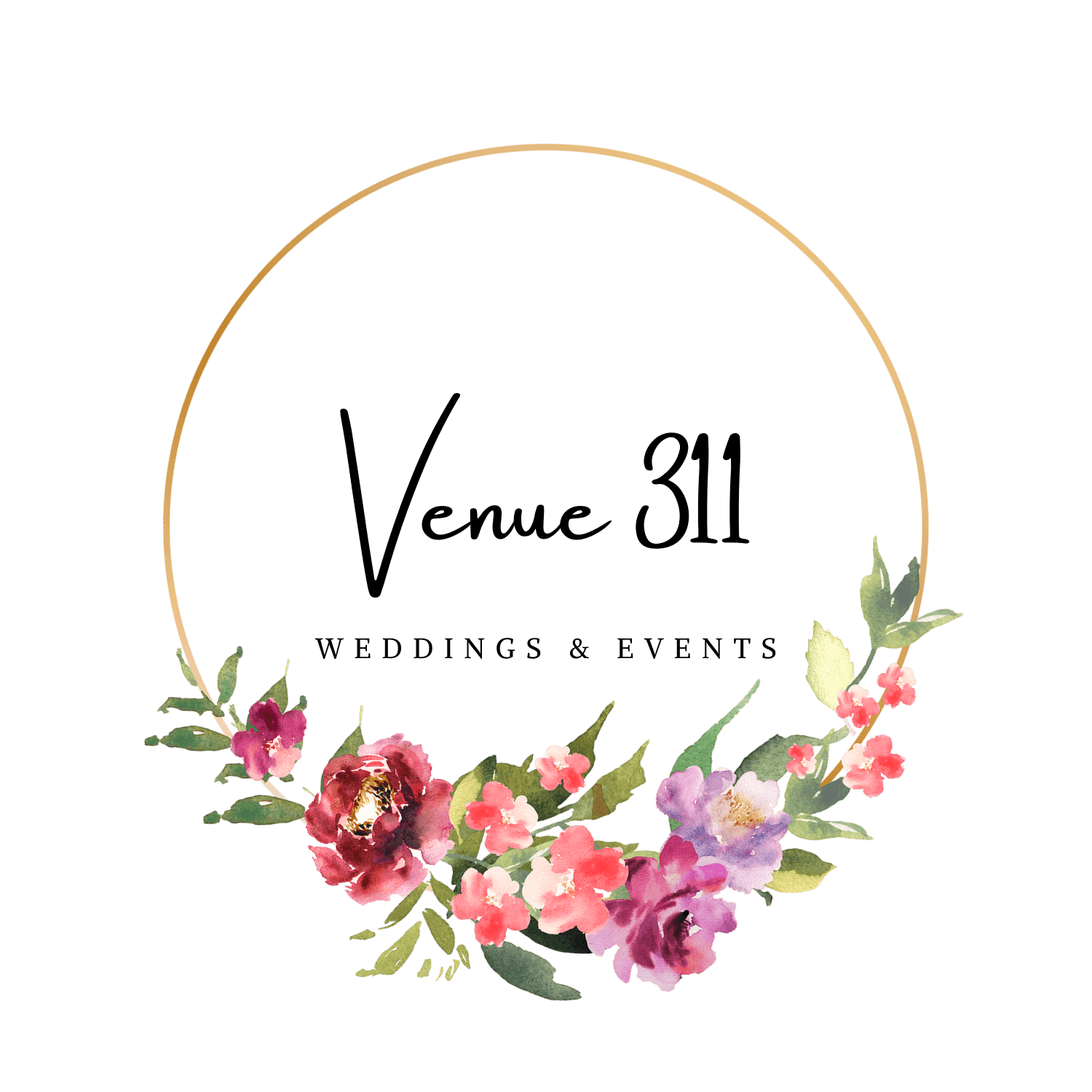Choosing the Perfect Wedding Venue Layout: A Guide to Elegance and Functionality
Every bride dreams of her wedding day being a flawless reflection of a love story, and the venue plays a pivotal role in bringing that dream to life. The layout of a wedding venue can significantly impact the overall ambiance and guest experience. So, what constitutes the best layout for a wedding venue? Let’s explore some key elements that contribute to crafting the perfect setting for the big day.
Consider the Flow
One of the fundamental aspects of a great wedding venue layout is ensuring smooth flow throughout the space. Guests should be able to move effortlessly from one area to another, whether it’s from the ceremony to the reception or from the dining area to the dance floor. Avoid creating bottlenecks or cramped spaces that can hinder movement and lead to discomfort.
What are the most important times during the wedding when flow is critical? From the table to the buffet line, then back to the table. How easy is it for your guests to move from their table to the buffet line? Will the line hinder movement and create a traffic jam? How easy will it be for guests to get their plate and move back to their table area? Venue 311 has designed their buffet room and serving table with these things in mind.
The catering kitchen is also important. Will your caterer get in the way of guests while they stock the kitchen or do they have easy access to the buffet serving area?
Do the bar areas of your venue create log jams or do they allow for easy flow of traffic? Do guest have easy access to the bar from an outside patio? Super important!
Restroom areas should allow for a free flow of traffic. Venue 311 also provides a private restroom for brides and bridal party.
Embrace Versatility
Versatility is essential when designing a wedding venue layout. Opt for spaces that can easily transition from one phase of the event to another. For instance, a garden area can serve as a picturesque backdrop for the ceremony and later transform into a cocktail hour space. Similarly, a ballroom with movable partitions can adapt to accommodate varying guest counts and preferences.
Focus on Comfort
Guest comfort should be a top priority when planning the layout of a wedding venue. Provide ample seating options during the ceremony and reception, ensuring that guests can relax and enjoy the festivities without feeling cramped. Consider factors such as climate control, adequate lighting, and accessible restroom facilities to enhance overall comfort.
Create Intimate Spaces
While grand ballrooms have their charm, don’t underestimate the appeal of intimate spaces within the venue. Consider incorporating cozy lounges or alcoves where guests can retreat for quiet conversations or moments of relaxation amidst the excitement of the celebration. These intimate spaces add depth and character to the overall layout.
Balance Aesthetics with Functionality
Finding the perfect balance between aesthetics and functionality is key to a successful wedding venue layout. While it’s essential to create a visually stunning setting that reflects the couple’s style and vision, it’s equally important to ensure that the layout serves its practical purpose. Avoid overcrowding the space with excessive decor or furniture that impedes movement.
Prioritize Accessibility
Accessibility is another crucial aspect to consider when designing the layout of a wedding venue. Ensure that the space is easily accessible to all guests, including those with mobility challenges. Provide ramps or elevators where necessary, and consider the placement of amenities such as restrooms and refreshment stations to accommodate everyone comfortably.
Personalize the Experience
Finally, infuse the venue layout with personal touches that reflect the couple’s unique love story and personalities. Whether it’s through custom signage, themed decor, or signature cocktails, these personalized elements add depth and meaning to the overall wedding experience, leaving a lasting impression on guests.
The best layout for a wedding venue is one that seamlessly blends elegance with functionality, prioritizes guest comfort, and reflects the couple’s individual style and vision. By considering factors such as flow, versatility, comfort, intimacy, aesthetics, accessibility, and personalization, couples can create a truly memorable and magical setting for their special day.
